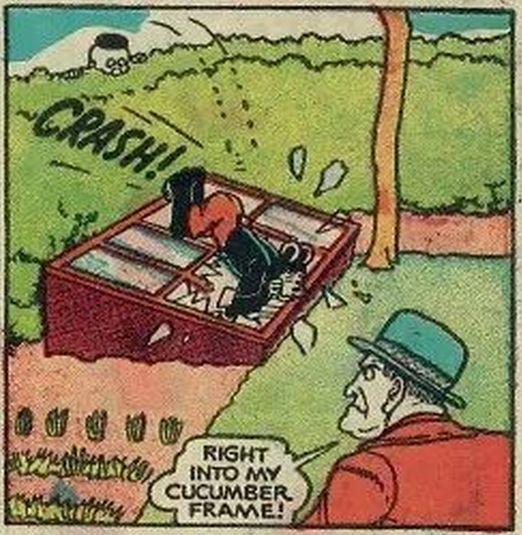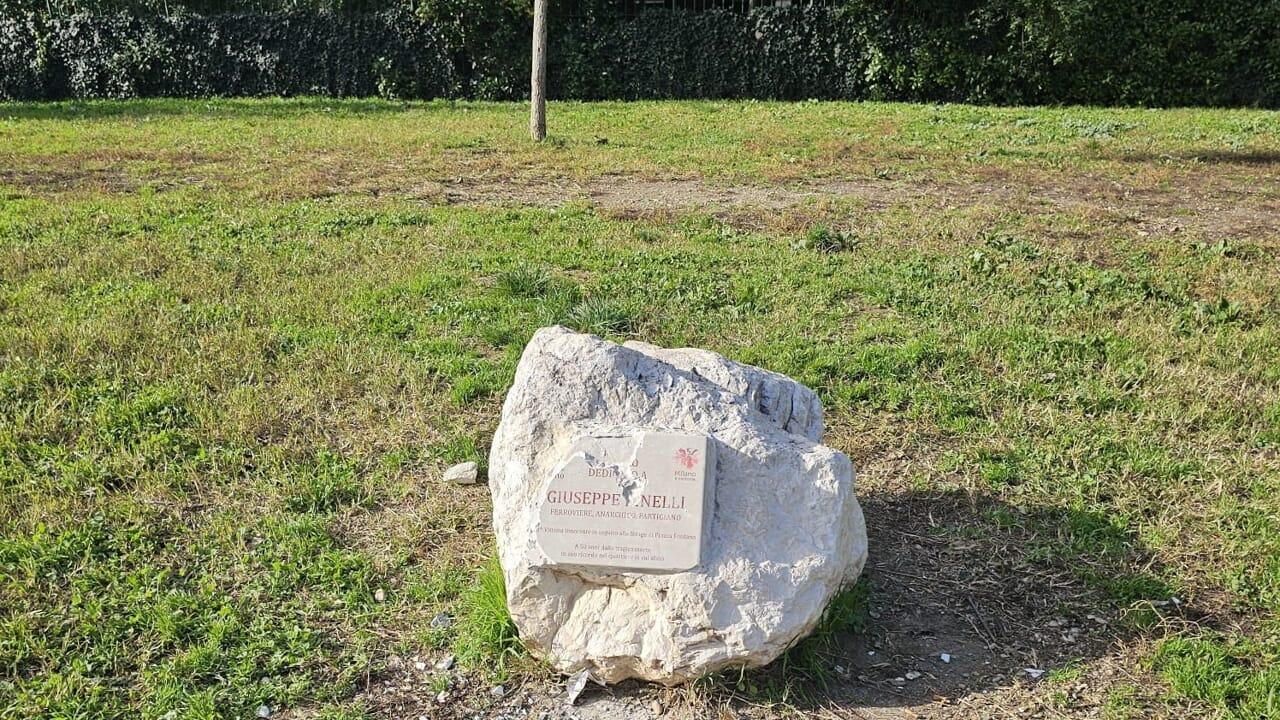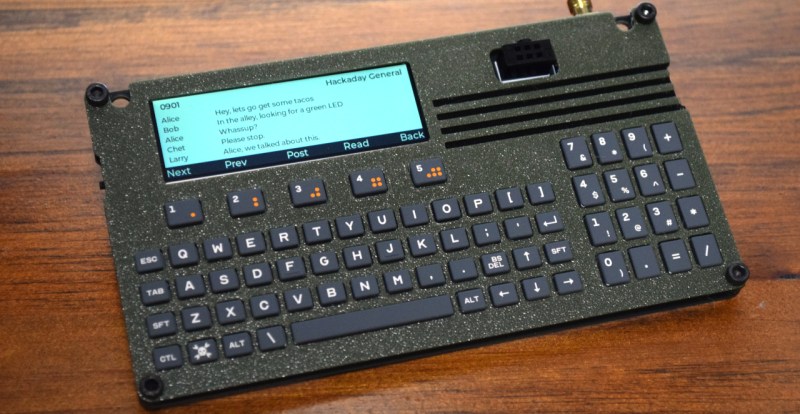OpenAI lavora su una rete neurale per la creazione musicale
-
OpenAI lavora su una rete neurale per la creazione musicale
Secondo The Information, OpenAI sta lavorando attivamente alla propria rete neurale per la creazione musicale, che competerà con progetti come Suno e Udio.
Le fonti della pubblicazione riportano che il nuovo prodotto dovrebbe avere diverse modalità. In primo luogo, genererà semplicemente una traccia in base a una richiesta di testo. In secondo luogo, il modello sarà in grado di creare musica per una traccia vocale registrata dall’utente o per un video. Questo amplia significativamente la gamma di applicazioni dell’IA.
OpenAI è molto cauta in materia di copyright, soprattutto dopo il lancio di Sora 2, che inizialmente generava copie di molti personaggi famosi, reali e immaginari, da Stephen Hawking a Pikachu. Per creare il modello musicale, l’azienda sta collaborando con la Juilliard School, uno dei conservatori più prestigiosi degli Stati Uniti.
Gli studenti della scuola contribuiscono ad annotare il materiale musicale: spartiti, struttura e armonie. L’idea è di addestrare il modello non semplicemente a partire da tracce scaricate, ma utilizzando una logica musicale attentamente annotata, che riduce i rischi legali e migliora la coerenza musicale.
Non è ancora noto se il nuovo prodotto verrà rilasciato come app standalone o integrato in uno dei prodotti di OpenAI. Un candidato logico per l’integrazione sarebbe Sora 2, che potrebbe sovrapporre colonne sonore AI ai video creati con esso. La data di lancio del nuovo modello non è stata divulgata.
Sebbene OpenAI abbia lanciato modelli di musica generativa in passato, questi sono precedenti al lancio di ChatGPT; più di recente, l’azienda ha sviluppato modelli audio focalizzati su sintesi vocale e sintesi vocale.
L'articolo OpenAI lavora su una rete neurale per la creazione musicale proviene da Red Hot Cyber.


